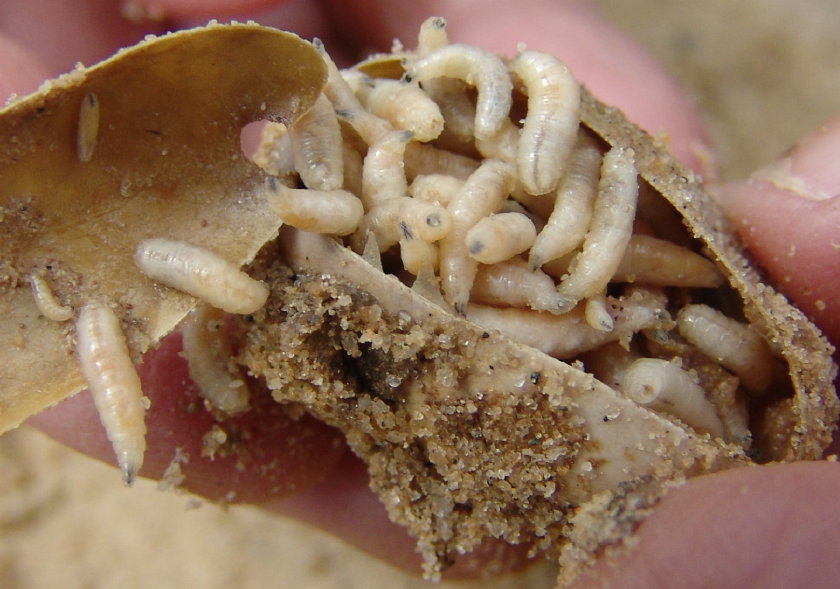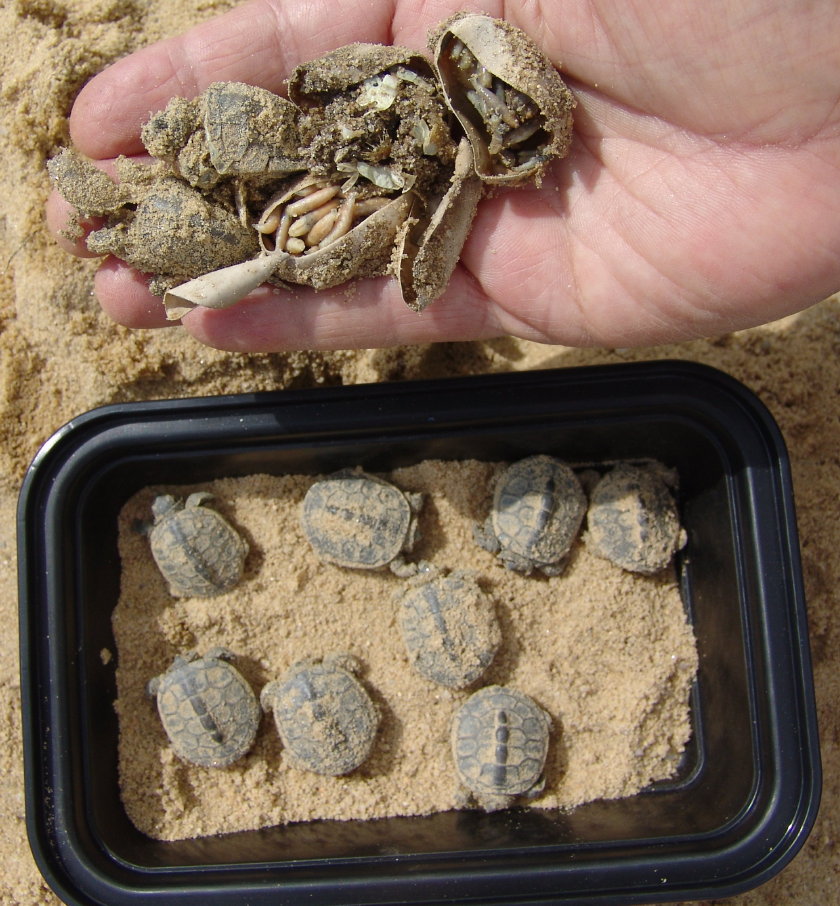Atlantic menhaden, known locally as pogies, alwifes, and bunker, often school in estuaries during September and October, swimming in very large balls as herd protection from ferocious bluefish attacks. As Hurricane Kyle blew by Cape Cod on Sunday, topping off a long three day weekend of pouring rain, a menhaden school flooded into the inner harbor of Wellfleet at high tide, followed by blues that were followed by local fishermen. The word must have spread by ethernet (among bluefish and humans) because soon fishing poles outnumbered pogies.
Click Here to View Video in High Quality
Menhaden Flood into Wellfleet Inner Harbor
Over the last few years, locals have perceived a significant decline in menhaden. They have petitioned state and federal legislators for action to control the reduction fishery in which menhaden are harvested for the extraction of omega-3 oils for human consumption with the remainder used for aquaculture and livestock feed. Menhaden are also harvested as bait for both commercial and recreational fisheries. Whatever the cause of perceived overfishing, menhaden form a critical link in the coastal ecosystem and their absence would have a significant effect in degrading the coastal enviroment.
Click Here to View Video in High Quality
Large Concentration of Menhaden in Sippican Harbor (2006)
In Sippican Harbor off Buzzards Bay, we have been awaiting the arrival of pogies this year. We found no significant concentration of menhaden in the fall of 2007. The last time we documented a major massing of menhaden schools in Marion’s Sippican Harbor was September and October 2006. We are waiting to see if they return in any substantial numbers in 2008.
Sippican Menhaden Beset with Parasitic Copepods
As you can detect in the close-up shots from the video clip, a large percentage of 2006 menhaden were adorned with parasitic copepods.
Don Lewis Holds Menhaden Netted in Chipman’s Cove
During early October 2005 we documented many large schools of menhaden in Wellfleet’s Chipman’s Cove, south of the harbor pier.
Click Here to View Video in High Quality
Menhaden Massing in Chipman’s Cove (2005)



